On Tuesday (November 25), the Indian Army Chief paid homage to the soldiers who died during Operation Pawan.
Army Chief General Upendra Dwivedi led the first-ever official commemoration of the operation that occurred in Sri Lanka in 1987. Hundreds were killed and over a thousand injured during the operation that occurred between October 7, 1987 and October 26, 1987.
Until now, only the families of those who had lost their kin and those who served in the operation themselves would privately mark the anniversary. Major R. Parameswaran, who received the Param Vir Chakra, was among those honoured by the Indian Army Chief today. Lieutenant General Pushpendra Singh, Vice Chief of the Army, who himself served in Operation Pawan as a young officer, accompanied Dwivedi.
But what do we know about Operation Pawan (Wind)?
Let’s take a closer look.
The background
First, let’s look at the background of events that led to Operation Pawan.
The action was launched by the then Rajiv Gandhi government in 1987. The government sent the Indian Peace Keeping Force (IPKF) to Sri Lanka. The operation came in the backdrop of Sri Lanka’s civil war between the minority Tamil population and the Sinhalese majority.
The Liberation Tigers of Tamil Eelam (LTTE) had emerged as a major group within the militant forces. The rebels wanted to carve out a separate homeland for Tamils within Sri Lanka.
For India, the issue of Tamil rights was an emotive one. New Delhi was also worried about the overflow of refugees.
New Delhi thus sought to try to resolve the conflict both diplomatically and militarily. Rajiv had signed the Indo-Sri Lanka Accord with then Sri Lankan President J.R Jayewardene on July 29, 1987. Under the terms of the agreement, Sri Lanka was to allow Tamil-majority areas more autonomy and power, while the rebel groups were to give up their arms. India, meanwhile, was to help keep the peace.
India then sent the IPKF to Sri Lanka. The peacekeeping force, which at its peak reached a strength of around 100,000, was tasked with disarming the rebel groups, including the LTTE – after which an Interim Administrative Council was to be established. However, many Tamil groups, including the LTTE, who had not been party to the talks, refused to disarm. This set the IPKF on a collision course with the LTTE.
Operation Pawan decoded
Operation Pawan began on October 7, 1987. The operation was to be carried out against the LTTE on the Jaffna Peninsula. The idea was to neutralise the LTTE’s top commanders.
The then Chief of Army Staff (COAS) ordered the IPKF to:
Finish or capture enemy communications networks such as TV and radio stations
Attack LTTE camps and checkpoints
Seize and interrogate top LTTE personnel
Increase the IPKF’s gains in the region.
The Indian 91st Brigade, led by Brigadier J. Ralli, began advancing into Jaffna on October 10, 1987. On the intervening night of October 11, 1987, Indian troops began conducting an airborne assault on the LTTE headquarters in Jaffna. The idea was to decapitate the upper ranks of the LTTE.
Meanwhile, a number of infantry troops backed by helicopters and artillery marched towards the centre of the city. The LTTE, meanwhile, had settled into a defensive posture and prepared improvised explosive devices (IEDs), snipers, booby-trapped buildings and urban bunkers. The IPKF suffered a setback after the LTTE intercepted radio transmission. They were forced to abandon the mission, with particularly heavy losses to the Sikh Infantry.
However, that wasn’t the end. Indian troops, using their numerical superiority, pushed forward. Along the way, they had to fight the LTTE, who resorted to guerrilla tactics, IEDs and landmines. Indian troops, despite suffering losses, kept pressing forward with support from air and artillery.
It took until October 26, 1987 for IPKF troops to capture the city of Jaffna. However, the LTTE melted away into the jungle and their leader V Prabhakaran eluded capture. So intense was the conflict that many bodies of personnel could not be recovered. India, during the operation, lost the lives of hundreds of troops.
This included Parameswaran, who was part of the 8 MAHAR Regiment. He was conducting a search operation on November 25, 1987, when his column was ambushed by militants.
Parameswaran, showing presence of mind under fire, manoeuvred his troops into a tactical advantage and led a counter-assault. Despite being shot in the chest during hand-to-hand combat, he wrestled the rifle back from his attacker and neutralised the militant.
Despite his injuries, Major Parameswaran continued to urge on his troops until he finally succumbed to his wounds. In all, five militants were killed during his search operation and weapons recovered. He was posthumously awarded the Param Vir Chakra for conspicuous gallantry. While numbers vary, it is safe to say that hundreds were killed and over 1,000 injured during the operation.
Aftermath of Operation Pawan
Despite the success of the operation, nationalist sentiment in Sri Lanka began to turn against India. Though some in Sri Lanka demanded that Indian forces withdraw, Rajiv refused to do so. It took the combination of Rajiv’s defeat in the 1989 parliamentary elections and the coming to power of President Ranasinghe Premadasa in Sri Lanka for India finally to withdraw its troops on March 24, 1990.
By now, India had lost over 1,000 troops and over 3,500 were injured. Back home, V.P Singh was in power. A little over a year later, Rajiv, the former prime minister, was killed by a woman suicide bomber from the LTTE.
India would watch as the Sri Lankan civil war raged for another two decades. It ended with the surrender of the LTTE to the Sri Lankan government on May 18, 2009. While India had not formally marked Operation Pawan until now, that is not the case in Sri Lanka, where an IPKF memorial stands in Colombo. However, all that has changed as of today with the Indian Army finally recognising the sacrifices made by the troops during Operation Pawan.
With inputs from agencies


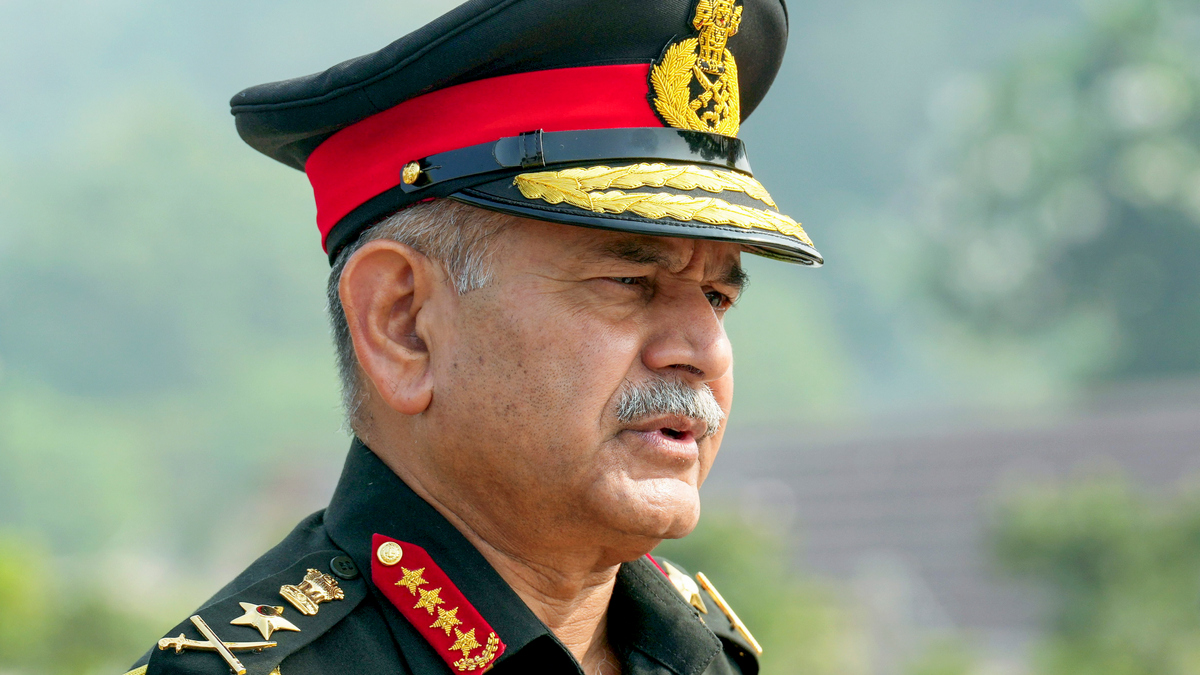)

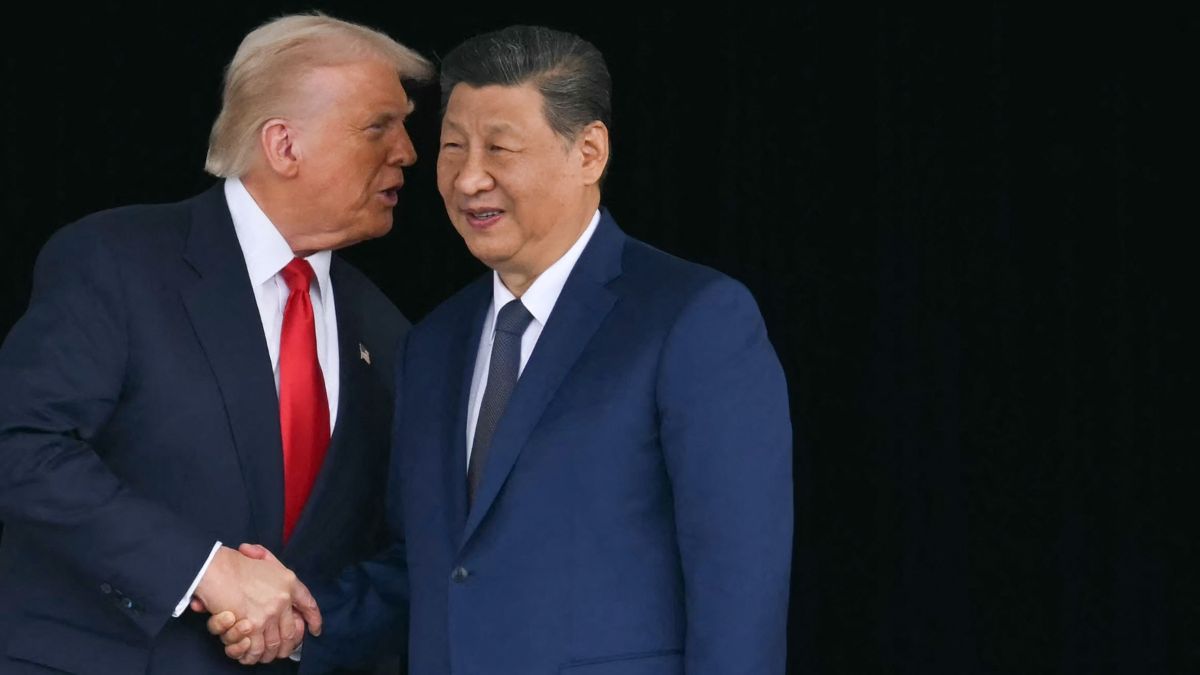)
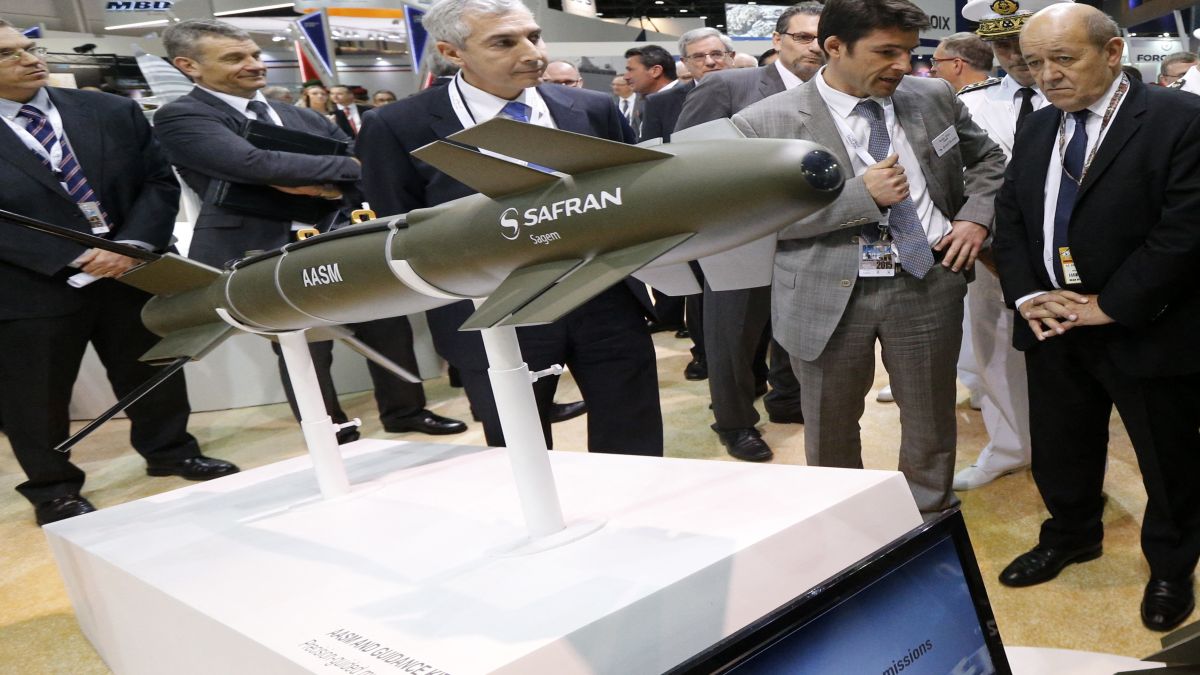)
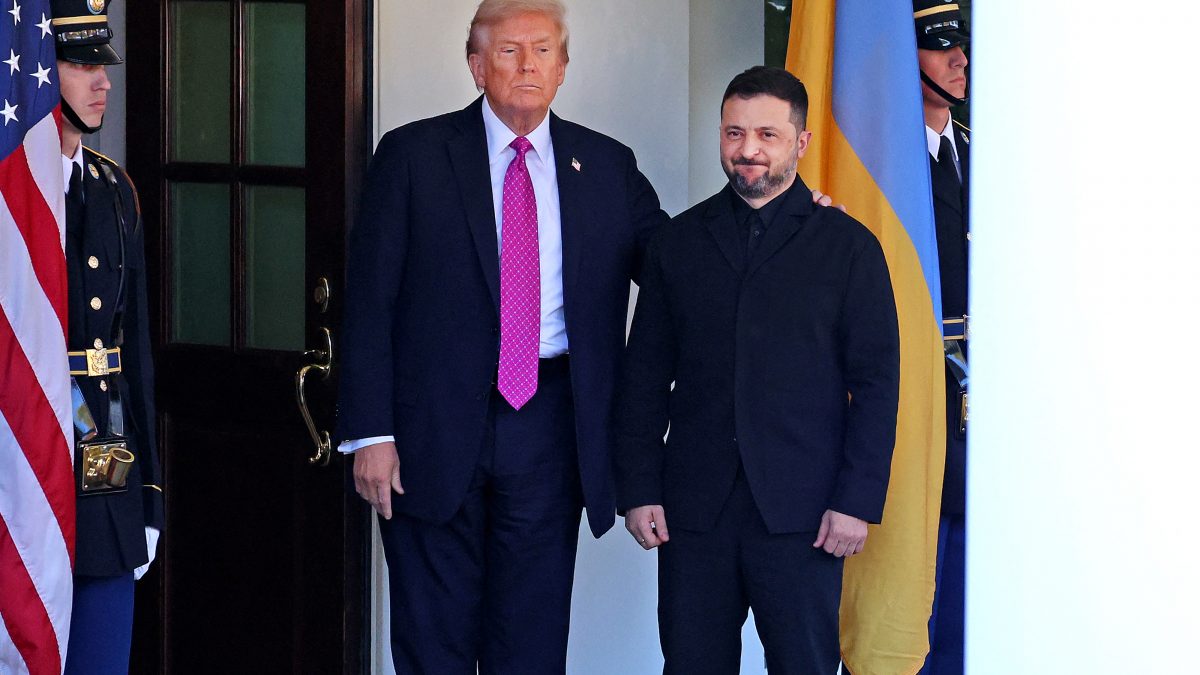)
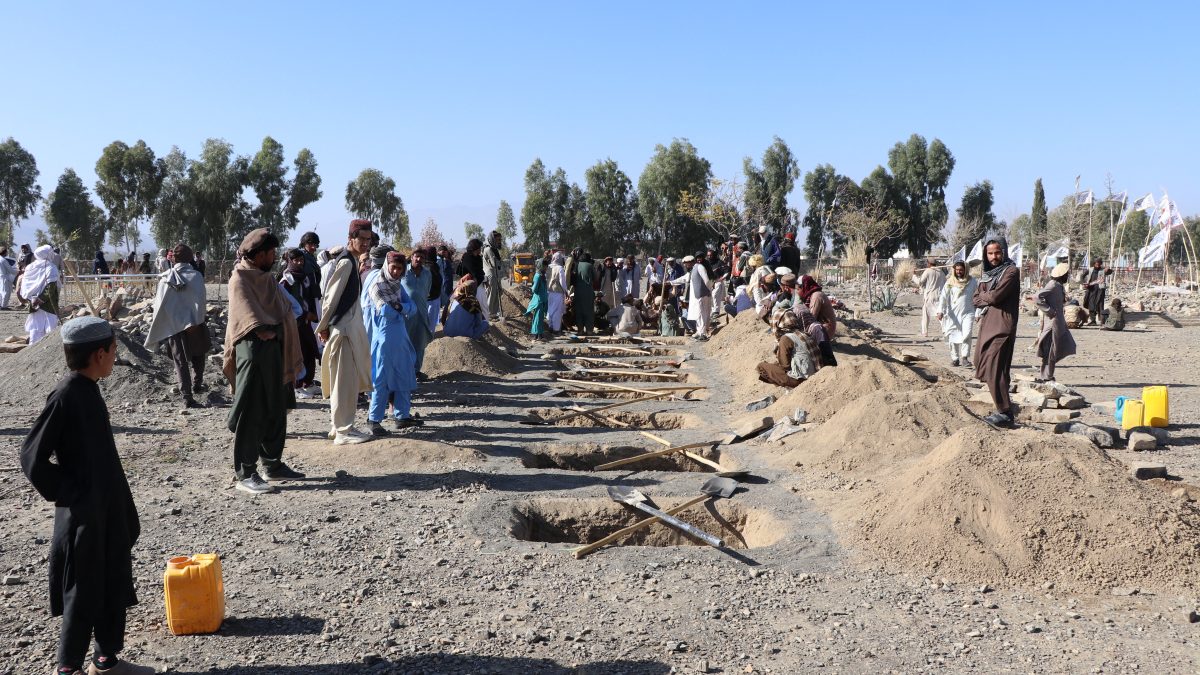)
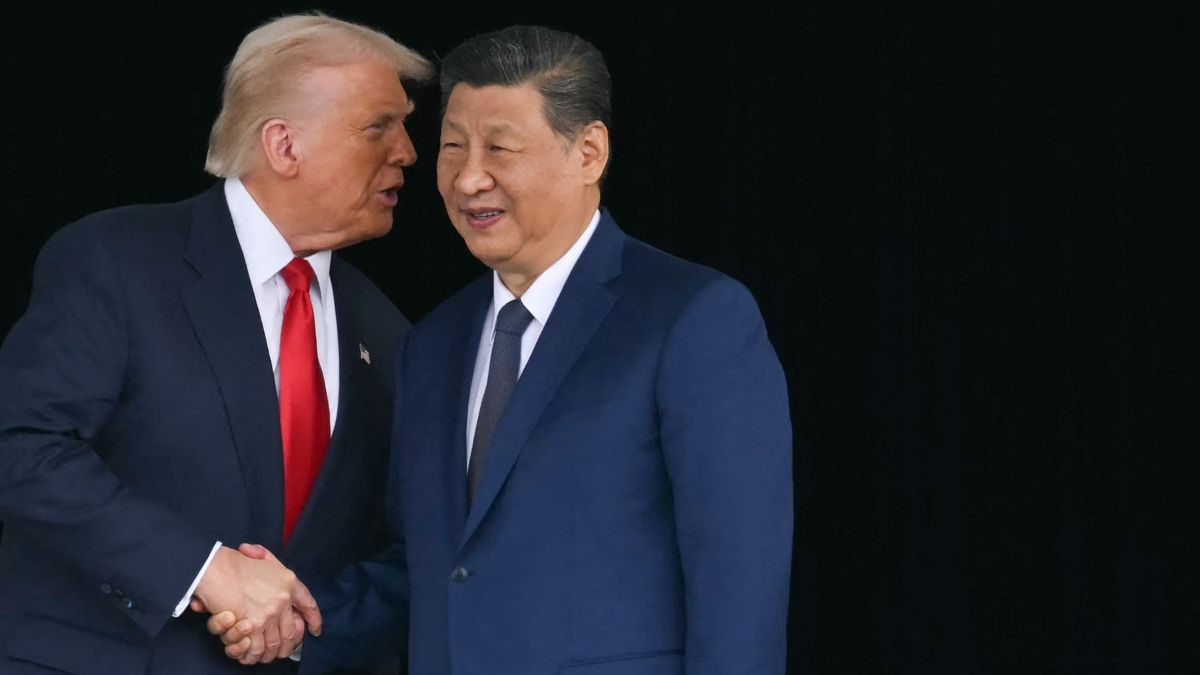)
)
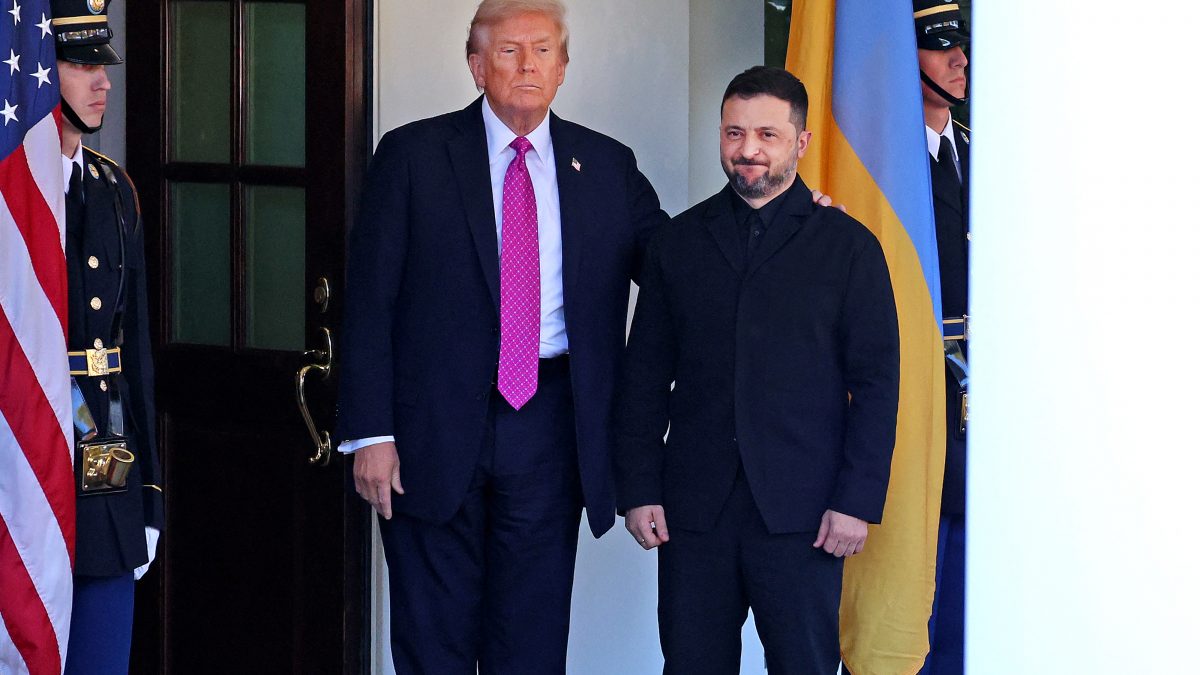)
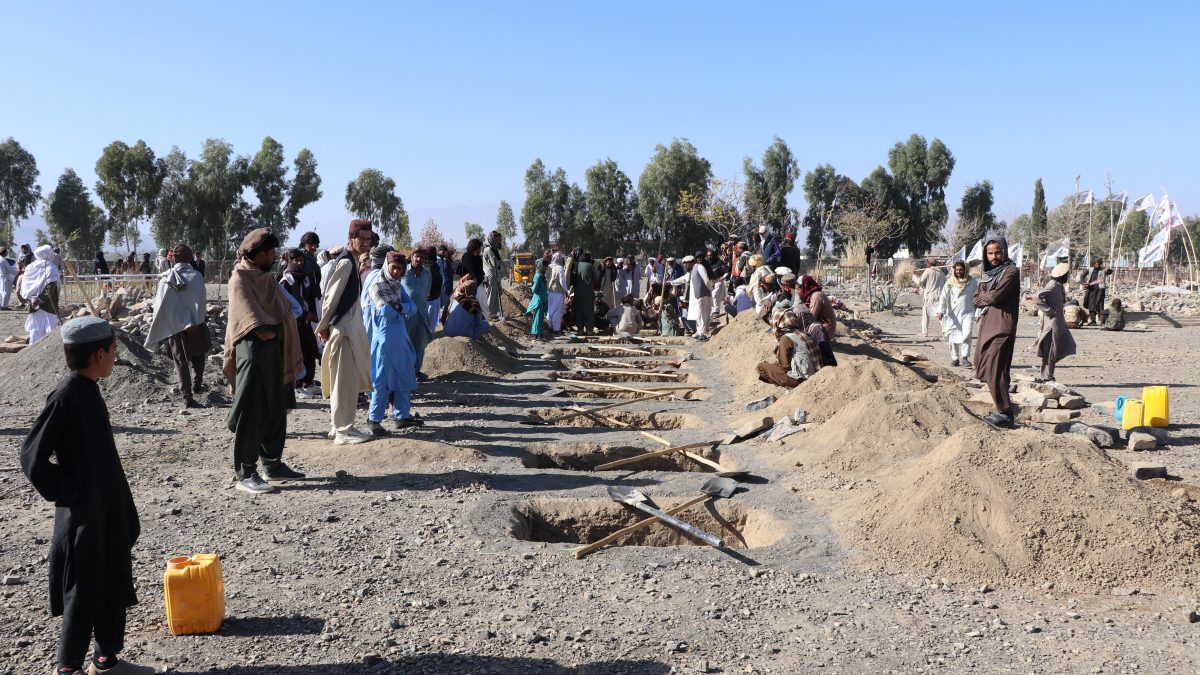)



